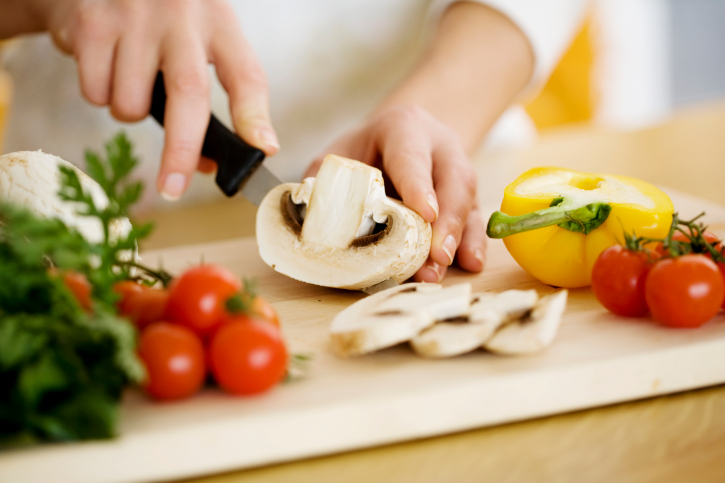Fall meal planning tips for busy runners
Runner and dietitian Stephanie MacNeill offers her best meal-planning advice as runners head back to the office

September is here, which means kids are heading back to school and many Canadians are slowly beginning to return to the office. This also means a return to more rigid routines and busier schedules, which makes being in the thick of training for your goal race that much more challenging. When you have a packed weekly calendar of meetings, workouts and kids’ music lessons and sports practices, figuring out what to put on the table every night for dinner can be an overwhelming task. Runner and sports dietitian Stephanie MacNeill understands this all too well, and so has offered us some tips to take the stress out of meal planning so you can fuel your training without the headaches.

RELATED: What to eat before your run
“Runners plan out their training, and nutrition is part of that, so it makes sense to put thought into proper fueling and refueling,” says MacNeill. “Preparing meals and snacks in advance forces you to shop and cook with intention, choosing foods that will power your runs and recovery. Plus, meal prep can help reduce the mental load around putting meals together…a win-win in my mind.”
Consult your schedule
This is the first step in effective meal planning. MacNeill explains that thinking about what you have going on in the upcoming week will give you a sense of how much time you have, and on which days, to prep and cook. “Make note of your training schedule and any other events that may affect your meals,” she adds. “This might include late hours at the office, your kid’s piano class, long night shifts, or a planned dinner outing with friends.”
Find recipes that work for you
These will depend on your training schedule and upcoming events and may change from week to week. If you have a busy week ahead of you, MacNeill suggests focusing on recipes that take less than 30 minutes to make, can be prepared ahead of time or can last several meals (like a crockpot recipe, for example). Saving leftovers from dinner for lunch the next day can also remove the need to plan another meal, and she encourages runners to choose recipes that share the same ingredients to shorten your grocery list and possibly cut down on prep work.

Make a list of what you need
MacNeill says it can be helpful to group the items on your list together according to which department you can find them in the grocery store, and if you want to take it a step further, you can even put those sections in order of how you like to hit the store. “A word to the wise,” she adds. “Leave the frozen section for the end, and don’t forget those reusable bags before you head to the store!”
Don’t shop on an empty stomach
Being hungry when you’re at the grocery store can make it hard to concentrate and potentially cause you to spend more money than you intended. Hungry shoppers are more likely to buy items they don’t need or to fill their cart with unhealthy snacks, MacNeill explains, so plan to shop after you’ve eaten a meal, or bring a healthy snack to enjoy while you shop.

RELATED: 8 ways runners can make their meals healthier
Make different parts of meal prep work for you
Set aside an hour or so on Sunday (or whatever day works for you) for batch cooking and chopping. The recipes you’ve chosen to make for the week will dictate what prep you need to do, but MacNeill says dicing up garlic, chopping veggies, washing lettuce and herbs and even cooking up a batch of brown rice and some chicken thighs is always a huge help.
“Just like anything, meal planning takes practice,” she adds. “Every time you go through the process, you learn what not to do, the places you can improve on for next week, what you can skip, and how you can customize the process to fit your needs.”


